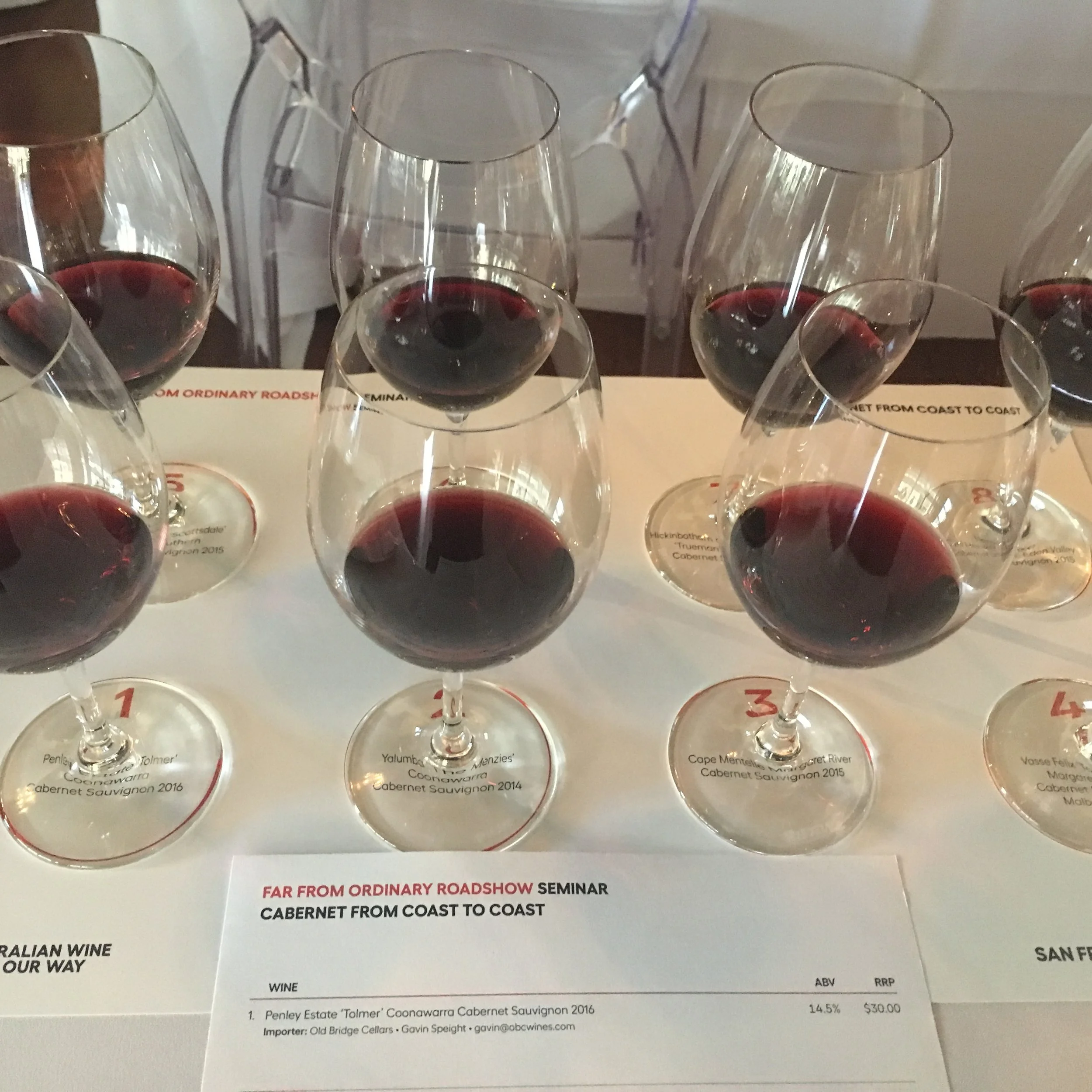Zinfandel and the Accidents of Terroir
A few months ago I met producer Clay Mauritson and tasted some of his Zinfandels from two of his labels, Mauritson Wine and Rockpile. I was so impressed by the wines and intrigued by his family history that I visited him at his winery to interview him — the results are available on my podcast. Besides his profound understanding of Zinfandel, one thing that struck me in talking to him was that terroir is as much due to human intervention as much as natural — and, either way, the effects of that intervention can be accidental and unpredictable.
His family story parallels that of California. His great-great-great grandfather was a Swedish immigrant who settled in Dry Creek Valley in 1868 to become a farmer of both cattle and fruit. This dates the family back to the beginnings of California’s agricultural history, just after the Gold Rush when immigrants were coming in to farm the land.
Over the course of the next century, he and his family built up over 1,600ha of holdings — the perfect success story of an immigrant building a family business to the benefit of the local economy. But in 1968, the Mauritsons’ way of life changed completely. The army requisitioned their land to build a dam, which created Lake Sonoma. Although the family were partially recompensated for the land, they lost their livelihood, homes, and way of life.
The family responded by buying a small amount of land planted with prune trees. Recognising the potential of the emerging wine industry, they replanted the land with vines and became grape growers, selling fruit to local producers.
This continued for thirty years until corporate takeovers in the 1990s caused the family to lose important contracts with producers. As a consequence, Clay persuaded his father to loan him some money to establish his own winery in 1998, with the understanding he would buy the grapes from the family.
This story — of immigrants, of farming, of government intervention, of corporate takeovers, of the rise of family-owned boutique wineries — provides a snapshot of the evolution of California over the last 150 years. And in the middle of it is a huge irony.
As noted above, Lake Sonoma is an artificially-created body of water (to the initial detriment of the Mauritson family) but it’s one that has had an important and unintentional impact on grape growing. It’s a relatively large lake, covering the equivalent of 1,100ha of land. It’s also quite deep, at around 60m. This makes it a cold lake, trapping the morning fog and preventing it from rising to the land above it.
That land above is Rockpile AVA, where the Mauritsons own three vineyards of the 65ha planted there. The lake’s capture of the fog means that the grapes grown in the AVA have no exposure to the fog — in fact, the AVA’s rules stipulate that vineyards must be above the fog line with a minimum elevation of 243m.
The irony here is that not only would his family’s history have been quite different, Clay’s Rockpile wines would taste nothing like they do without Lake Sonoma. Elsewhere in California, fog is an important cooling influence but it’s also one that brings the danger of fungal diseases. Instead, in Rockpile fog is neither a positive or a negative — it just isn’t present, even though it can be seen down below.
Perhaps one of the least stated aspects of terroir is the influence of people. As discussed in the third episode of the interviews, we tasted three distinctively different single-vineyard Zinfandels from Rockpile, and these differences come from soil, elevation, aspect, and exposure. But the expression of Rockpile Zinfandel also comes from Lake Sonoma — an artificially-created lake without which the wines would taste completely different and maybe wouldn’t even exist at all.
Listen to the interviews with Clay Mauritson:
(I) — The Evolution of the California Wine Industry



